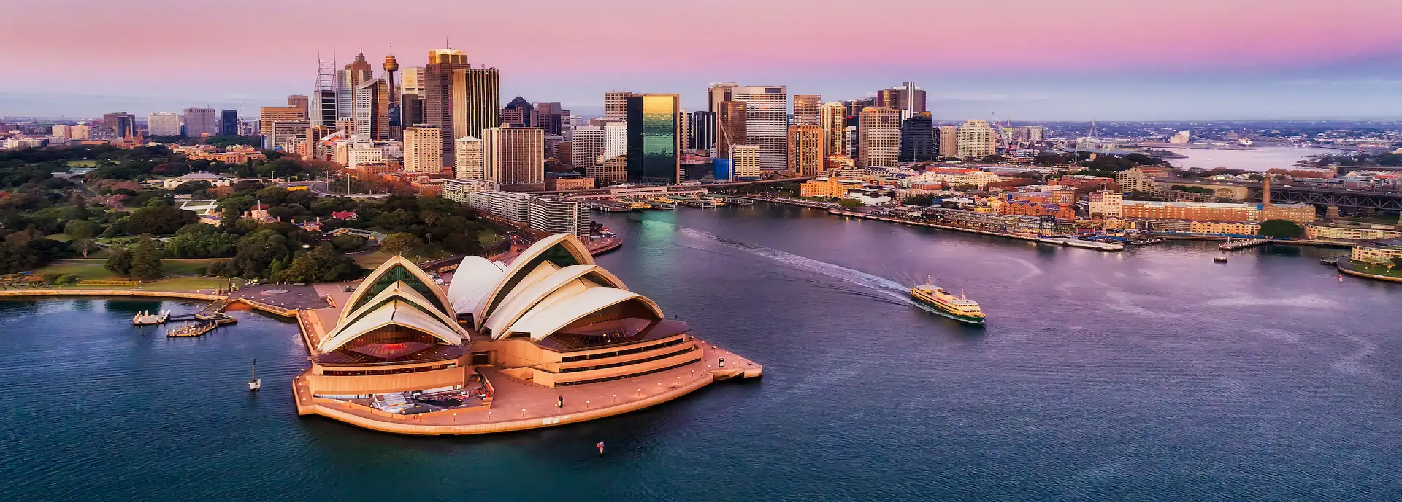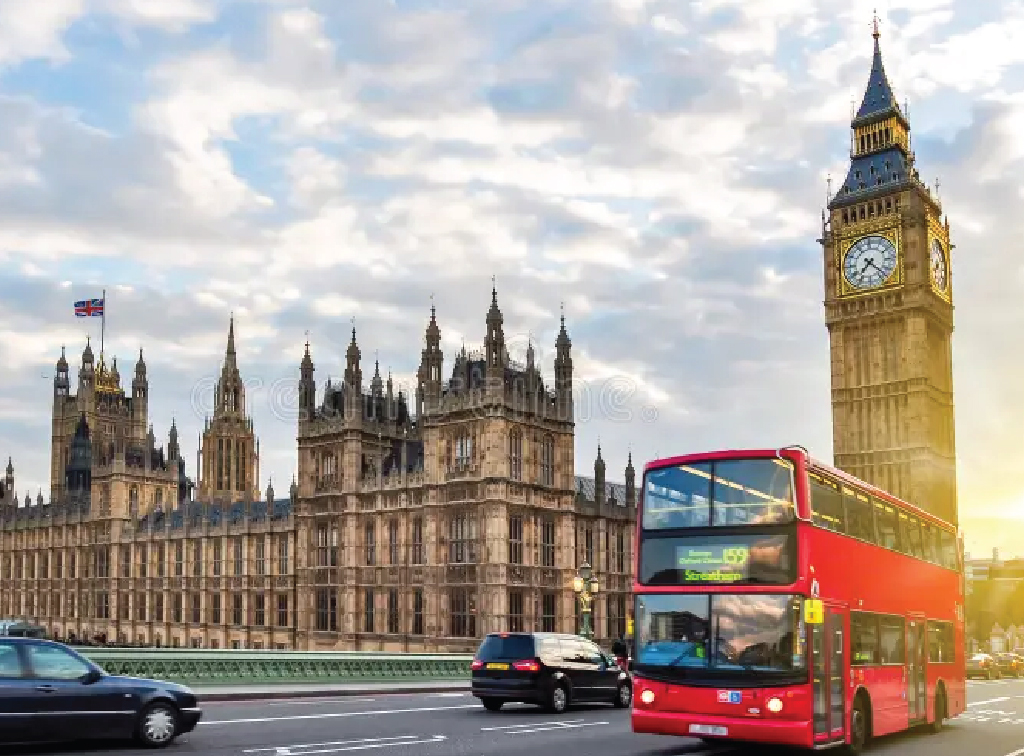| Student Visa Subclass 500 for Minor Students |
- The Student Visa (subclass 500) is the main visa for international students in Australia. Minor students (under 18 years old) must comply with additional requirements, such as having a legal guardian or a custodian in Australia, as well as providing evidence of financial support.
| Key Requirements for Minor Students |
Acceptance from an Australian School
- Before applying for a student visa, the minor student must be accepted by an Australian school or educational institution registered.
- The school must issue a Confirmation of Enrolment (CoE), which is required for the visa application.
Parental/Guardian Consent
- For students under 18 years of age, the application must include evidence of parental or legal guardian consent. The parents or legal guardians must sign a consent form, agreeing to the student studying in Australia.
- In addition, the student must demonstrate that they have arrangements for welfare and custody while studying in Australia.
Welfare and Custodianship
- Minor students must have appropriate welfare arrangements in place. If the student is under 18, the Department of Home Affairs requires the student to be cared for by a designated guardian or a welfare arrangement approved by the Australian Government.
- The welfare arrangements typically include one of the following:
- A parent or relative accompanying the student.
- A guardian or custodian in Australia, who will look after the student's welfare. The guardian must be an Australian citizen or permanent resident, or a guardian designated by the school.
Financial Evidence
- The student must show proof of sufficient financial resources to cover their tuition, living expenses, and other costs while studying in Australia.
- The typical requirement is to prove access to AUD 21,041 per year for living expenses. The exact amount required may depend on the location of the school and the type of visa the student is applying for.
- Additionally, parents may need to show proof of the ability to pay for the student’s tuition fees and any other costs for the duration of their stay in Australia.
| Steps to Apply for a Subclass 500 Student Visa (Minor) |
Step 1: Get Accepted by a School
- Apply to an Australian educational institution that is registered and accept the student. The institution will issue the Confirmation of Enrolment (CoE) once the student has been accepted.
Step 2: Prepare Documents
- Gather all the required documents for the visa application:
- Confirmation of Enrolment (CoE).
- Passport valid for at least 6 months beyond the intended stay in Australia.
- Proof of financial support (bank statements, affidavits of support).
- Parental consent for students under 18.
- Evidence of guardianship or welfare arrangements.
- Health insurance (Overseas Student Health Cover - OSHC).
- English proficiency test scores (if applicable).
Step 3: Apply for the Subclass 500 Visa
- Submit the application online through the ImmiAccount system on the official Australian Government Department of Home Affairs website.
- Pay the visa application fee (approximately AUD 620, but this can vary).
- Include all necessary documents, including the CoE and evidence of welfare arrangements.
|
Step 4: Health and Character Requirements
- Health insurance: The student will need to arrange for Overseas Student Health Cover (OSHC) for the duration of their stay. This health cover is required for all international students studying in Australia.
- Health examination: Depending on the country of origin and personal circumstances, the student may need to undergo a health examination.
- Character check: The student may also need to provide a police clearance certificate or undertake a character assessment.
Step 5: Wait for Visa Decision
- Once the application is submitted, the Department of Home Affairs will process the visa. The processing time can vary, but it typically takes anywhere from 1 to 3 months.
- If approved, the student will receive a Student Visa (subclass 500), which allows them to study in Australia for the duration of their course.
Step 6: Travel to Australia
- After receiving the visa, the student can travel to Australia up to 90 days before the course starts (depending on the visa).
- At the port of entry, the student will need to show the visa approval and other documents (like the welfare arrangements).
| Duration and Extension of Stay |
- The Subclass 500 student visa allows the minor to stay in Australia for the duration of their study program.
- The student will be allowed to study full-time in Australia and can also work up to 40 hours per fortnight when school is in session and full-time during school breaks.
- If the student wants to continue studying beyond the duration of the course, they may apply for a visa extension. This will depend on their continued enrollment in a full-time course.
- Primary and Secondary Schools: Public schools in Australia charge international students tuition fees. The fees vary by state and school, and private schools typically have higher fees.
Public Schools
Public schools in Australia may charge international students tuition fees. The fees vary depending on the state and the level of education.
- Primary School (Grades 1-6):
- AUD 7,000 – AUD 15,000 per year.
- Secondary School (Grades 7-12):
- AUD 8,000 – AUD 20,000 per year.
These fees can be higher in major cities like Sydney, Melbourne, or Brisbane, and can vary based on the specific school district.
Private schools generally have higher tuition fees but offer specialized programs, smaller class sizes, and often, more extracurricular opportunities. Boarding schools also fall into this category.
- Primary School:
- AUD 15,000 – AUD 30,000 per year.
- Secondary School:
- AUD 20,000 – AUD 40,000 per year.
Boarding school fees (which include accommodation and meals) can be significantly higher, especially at prestigious institutions.
| Post-Study Options for Minor Students |
| Custodian Responsibilities |
- The custodian is responsible for ensuring the minor student follows Canadian laws and regulations and that the student’s welfare is maintained while in Canada.
- The custodian may be asked to report to the authorities about the student’s well-being, especially if the student has any issues, such as health or safety concerns.
|






